What are the best smartphones for mobile productivity?
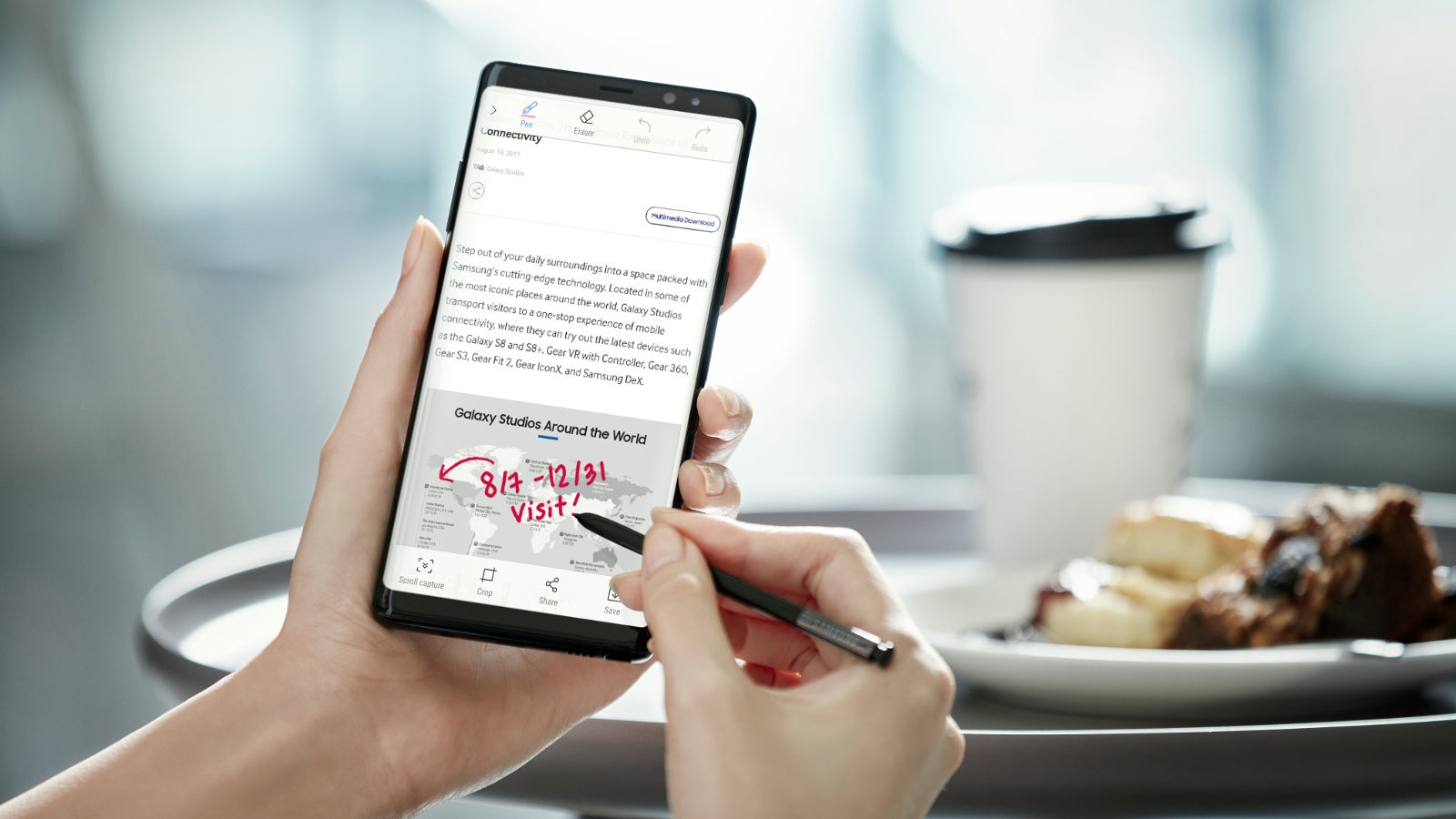
The advent of the smartphone totally changed our views of mobile technology. Prior to the first-generation iPhone and other smart mobile devices from the likes of Palm and HTC, mobile phones were basically just phones, but that's no longer the case.
Today, we're seeing all sorts of features that we never would've expected to see on our mobile phones, such as cameras that rival the quality of entry-level DSLRs, high-resolution displays for streaming movies and other types of video, powerful internals for multitasking and productivity, and the list goes on. In many ways, the smartphones in our pockets are more like computers than portable communication devices.
With that being said, we've come to realize that, as advanced as even budget smartphones have become, not all smartphones are created equally. Some devices are designed with content creators in mind while others are made more for content consumption. Every new flagship is launched with a specific type of user or consumer in mind. Considering that our smartphones are increasingly the hub from which we orchestrate our personal and professional lives, it's a good time to take a look at which of the current crop of smartphones are best for on-the-go productivity.
(As an initial disclaimer, let me clarify that, considering how advanced technology has gotten, almost any phone that's smart can be a great tool for productivity. After all, the allure of the original smartphones was their ability to perform computer-like tasks on the go. But there are some devices with more power and better features as well as greater overall potential for portable productivity. Those are the devices I am highlighting here.)
So let's jump right into it.
Samsung Galaxy Note 8
The only flagship to include a built-in stylus for writing, note-taking, and art
I'd be remiss if I didn't start with the latest in Samsung's own smartphone line of productivity powerhouses, the Galaxy Note 8. From its boxy and somewhat utilitarian design to its top-of-the-line specs, virtually every aspect of the Galaxy Note 8 has been optimized for mobile productivity. But what are the Note 8's specific features that make it such a great productivity tool?
One of the features that's unique -- and virtually synonymous with -- Samsung's Note line is the S-Pen stylus. Generally, the stylus is a relic of pre-iPhone smartphones in today's mobile landscape, yet the S-Pen continues to be a defining feature of a Samsung Galaxy Note. If you're not accustomed to using a stylus with your smartphone, it's an easy feature to dismiss; however, many Note users have come to be quite fond of the included stylus and dependent on it for some scenarios at least.
If you're a professional in 2017, chances are you find yourself signing important documents from time to time. There's no better example of the S-Pen's utility than when someone sends you a digital document and you slide out the S-Pen to sign on the dotted line right there on the display. But there are other productivity tools that have become baked into the Galaxy Note 8's identity.

Having additional screen real estate is beneficial in many scenarios.
The Note line tends to lead the industry when it comes to increasing display size. Most would agree that the term "phablet" -- which is seldom used anymore as smartphones seem to be moving toward display sizes of 5.5 inches and more as a standard -- largely originated in reference to the Note line. As you can imagine, having the additional screen real estate is beneficial in many scenarios, whether you're a writer who prefers seeing more text on the display or an artist who benefits having a larger canvas for creating digital art.Let's not forget that Samsung continues to find new ways to ensure that the Note line remains a go-to for productivity needs. With the Note 8 in 2017, Samsung also launched DeX, a special dock that allows you to transform the Note 8 into a desktop running a Chrome OS-like version of Samsung's TouchWiz-skinned Android. Even with the industry-leading 6.3-inch QHD display of the Note 8, there's nothing quite like having an actual desktop monitor for working on PowerPoint presentations or reviewing spreadsheets; with DeX, your Note 8 can basically double as your desktop in addition to being your smartphone. Just take your DeX dock with you to be able to plug your Note 8 into any monitor, turning into a desktop for more intensive computing sessions.
(On a side note, if you're looking to save a few dollars, the Samsung Galaxy S8 Plus is virtually identical to the Note 8, from the latest chipset to the incredible quality of the displays. In fact, the main differences include some more gentle curves in the S8's design and, of course, the stylus you get with the Note 8. At this point in the holiday season, you'll see some pretty good deals on the Note 8, too, but the S8 Plus will just be that much cheaper if you don't happen to want or need the S-Pen.)
LG V30
An impressive multimedia experience with great features for content creators
Much like Samsung has the Note line to accompany the more mainstream S line, LG introduced the V line a few years ago as a more productivity- and media-enhanced version of the G line. Historically, one of the defining features of LG's V smartphones has been the secondary display, a marquee or ticker-like addition to the top of the main display, containing various shortcuts and scrolling info pertaining to app notifications. With the latest addition to the V series, the LG V30, the secondary display has been removed in favor of a software-based solution and larger main display, which is now a 6-inch OLED instead of the 5.7-inch LED of the previous generation.
The LG V30 is focused on photography, videography, and content creation.
Although it's undoubtedly a productivity powerhouse, the LG V30 has a somewhat different approach to productivity than the Samsung Galaxy Note 8. While many of the Note's productivity features are centered around the built-in S-Pen, the V30 is more clearly focused on photography, videography, and content creation. Many industry critics agree that the V30 has one of the best dual-camera setups of all flagship phones, featuring a 16 MP (f/1.6, OIS, laser & PD autofocus) main sensor and a secondary wide-angle lens at 13 MP (f/1.9).
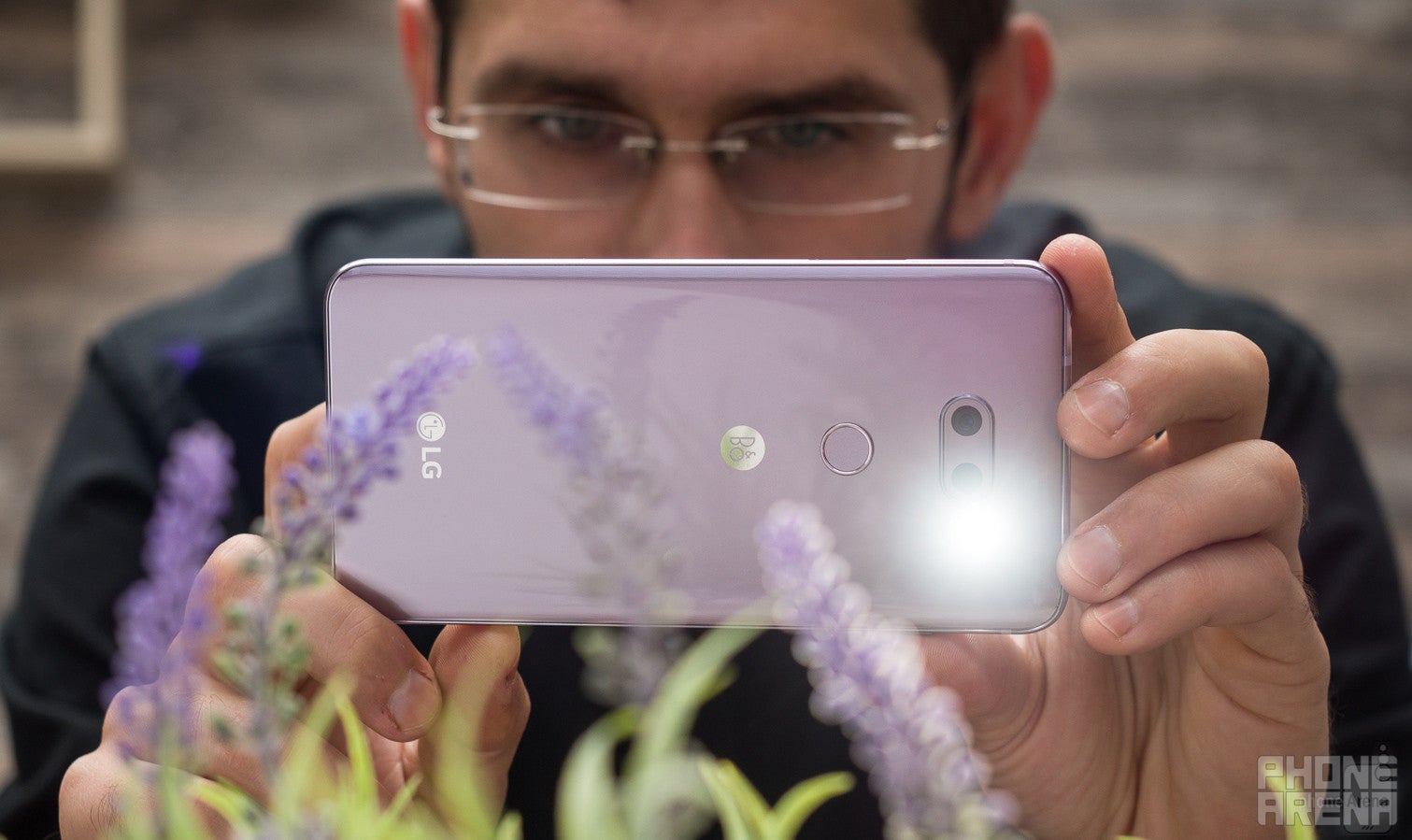
If its strong camera performance isn't enough, the LG V30's other accoutrements include a highly-praised 32-bit Quad-DAC setup for outstanding audio performance. For anyone who listens to lots of music via a smartphone, there's virtually no better audio experience. But we're here to talk about productivity, so what makes the LG V30 so great for professionals and entrepreneurs?
There's no question that the V30 is a powerhouse of a mobile phone. Like the Note 8 and other 2017 flagships, the LG V30 features the year's best Qualcomm Snapdragon processor and GPU, so basically anything you could need to do on the go will be smooth as butter. Plus, if you're someone who creates content for a living, you can do no wrong with the V30's combination of camera, built-in DACs, and an impressive 6-inch display. By most standards, the LG V30 is basically every bit the productivity powerhouse as the Note 8, just without the S-Pen.
OnePlus 5T
Flagship-level specs and impressive performance at a very reasonable cost
Sure, it doesn't have the kind of flash that you get from Samsung's and LG's flagships, but the OnePlus 5T consistently makes lists of the best smartphones of 2017. After launching the OnePlus 5 just a few months ago, relative newcomer OnePlus launched the 5T in November with many fans and critics agreeing that this mid-cycle refresh is what the OnePlus 5 should have been in the first place.
In line with the year's other big releases, the OnePlus 5T features the trendy 18:9 elongated aspect ratio on a 6-inch 1080p "Optic AMOLED" display, the Snapdragon 835, Adreno 540 GPU, and a precedent-setting 8 GB of RAM on the 128 GB model. And considering its starting price of $499, the OnePlus 5T undercuts the competition by as much as half.
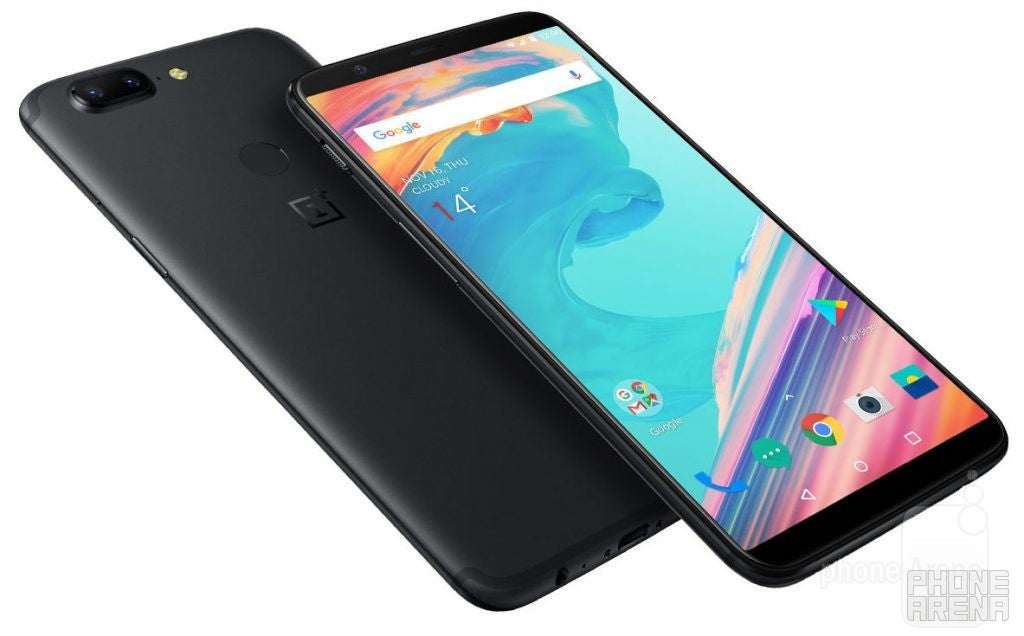
With the biggest display ever on a OnePlus device, the OnePlus 5T has been tailored to mobile productivity.
OxygenOS is one of the most lauded versions of Android with many purists even preferring it to stock Android.
The OnePlus 5T is great for productivity because of its performance, which is almost entirely the product of OnePlus making practical use of the feedback of its large community of dedicated users by incorporating the community's feedback into the development and creation of their next devices.
For instance, it's due to this feedback that OxygenOS -- the nearly-stock version of Android that runs on OnePlus devices since the OnePlus 2 -- is one of the most lauded iterations of Android with numerous purists even preferring OxygenOS to stock Android. So while many have complained about how Samsung's and LG's versions of Android can become slower over time, OxygenOS on the OnePlus 5T is a productivity machine if there ever was one. Specifically, the 5T stands out from the crowd is its ability to speed through almost any app or process you could possible need to do on your mobile device.
There are many ways to take advantage of the 5T's productivity potential, and among the most ideal of scenarios would be to pair a wireless mouse and keyboard to the phone, allowing you to really make use of its processing potential. Alternately, you could invest in a stylus -- they're super inexpensive -- to make more use of the largest display to ever be featured on a OnePlus device.
Best of all, the 5T costs much less than competitors although there are other flagships with more productivity features. Overall, you'll be hard-pressed to find the level of performance you get from the OnePlus 5T from other devices at a sub-$500 starting price point.
iPhone 8 Plus
A beast of a smartphone with the most powerful processor of any mobile device ever
Wait, what about the iPhone X? Before donning torches and pitchforks, consider this: Almost all of the iPhone X's internals are also featured in the iPhone 8 and 8 Plus. The main differences between the iPhone X and the iPhone 8 Plus are don't really affect productivity. Even the difference in displays -- the 5.8-inch OLED panel with 19.5:9 aspect ratio on the iPhone X versus the 5.5-inch LCD display with the traditional 16:9 aspect ratio of the iPhone 8 Plus -- aren't significant differences to casual users.
With the iPhone 8 Plus, you get the same A11 Bionic processor that's in the iPhone X; as demonstrated in numerous benchmarks, this is the most powerful chipset in any smartphone and can match or even exceed the performance of some desktop computers. As well, wireless charging came to the iPhone this year, and while that's not particularly beneficial for productivity, it's a welcome quality-of-life convenience feature. And let's not forget that the iPhone 8 Plus starts at $799 for the 64 GB variant, which is $200 less than an iPhone X with the same amount of storage. In short, it's simply better bang for your buck.
Much of the productivity potential of the iPhone 8 Plus is the result of Apple's impeccable software and the iOS ecosystem. If you've ever used a Mac computer, you may have some experience with using the Microsoft Office-like suite of iLife programs for creating spreadsheets, presentations, documents, and so on; these same programs are available on the iPhone, allowing you to start a project on your Mac computer and continue on your iPhone 8 Plus, and vice versa.
Continuity is fundamental to Apple's ecosystem.
So what really makes the iPhone 8 Plus so great for mobile productivity? For starters, the iPhone 8 Plus gives you actual desktop-like levels of power that you can carry with you in your pocket. If you take a look at the iPhone 8 Plus Geekbench scores, its single-core performance is more than double what is currently the top-scoring Android phone -- the international version of the Samsung Galaxy Note 8 with the Exynos processor. Likewise, there's a substantial difference in multi-core performance with the iPhone 8 Plus achieving 156 percent of the international Note 8's score. Of course, benchmarks aren't always the best indicator of real-world performance, especially when there are so many key differences in how Android works versus how iOS works. But when benchmark comparisons between the latest iPhone and the top-performing Android device is this substantial, there's undoubtedly some significance there.
Google Pixel 2
Arguably the best Android experience while lacking the problems of its big brother
To a degree, it's a little difficult to recommend the unofficial successor of the budget-friendly Nexus line on a best-of-productivity list when the other compelling option with a stock-like Android experience is nearly half the cost, but the Pixel 2 -- Google's second-generation premium flagship that, like the first-generation Pixel and Pixel XL, is manufactured by HTC -- stands out from the OnePlus 5T for productivity in a couple key ways.
Artificial intelligence is central to the Pixel family.
With the first-generation Pixels having arguably the best software experience of any Android smartphone, we naturally came to expect a slick software experience from devices "made by Google" ( although, technically, this year's Pixel phones are manufactured by HTC and LG). Sure enough, software is where the Pixel 2 and the 2 XL really shine, especially with artificial intelligence as the central feature of Google's Pixel lineup. The issue is that the display on the LG-made bigger brother of the two Pixel phones was found to be well below expectations, especially when you consider that it has a base cost of $849 in the United States. As a result, the regular ole Pixel 2 has become the safer choice, and it happens to have a more agreeable price tag that starts at $699.Though the Pixel 2 has a 5-inch 1080p panel compared to the edge-to-edge 6-inch 1440p QHD panel of the Pixel 2 XL, many critics have come to agree that the display on the Pixel 2 is vivid, crisp, and quite pleasing overall. Meanwhile, both models have the same top-shelf specs with a camera setup that has set a new record with DxOMark as the best camera on any smartphone to date. In fact, it's really just the physical footprints, display specs, battery size, and their accompanying price tags that serve as the distinguishing features of the 2017 Pixel phones. In any case, both Pixel 2 devices have been carefully created and optimized by Google to be finely-tuned machines.
If you want to avoid all the drama surrounding the display issues of the Pixel 2 XL -- although it's worth noting that Google has been quite diligent in issuing software updates that address many of these issues -- the Pixel 2 is still a productivity dream for Android users. Even though it's available for virtually all Android phones and even on iOS, the Google Assistant continues to be at the forefront of the Pixel experience, which now includes the "squeeze" feature we first saw in the HTC U11 from earlier in the year. The squeeze capability was included as a way to making accessing the Assistant even easier than before. And it's having such easily access to Google's voice assistant (which is also increasingly woven throughout the operating system) that really takes the Pixel 2 to the next level for productivity; whether you're scheduling meetings, making calls, sending messages, or doing some Google searches, a surprisingly large number of tasks can be performed totally hands-free by using the Google Assistant.
There are certain features that, while they may seem somewhat gimmicky today, have serious potential for productivity as they become more refined over time. A prime example of this is Google Lens, which debuts on the Pixel 2 with Android 8.0 Oreo. Google Lens brings contextual awareness based on what the camera sensor on your smartphone can see. In essence, Google's artificial intelligence and machine learning work to identify the contents of your photos, and then provide you with additional/supplemental information on those contents. While there are certain limitations to its utility now, Google Lens could be immensely valuable in the future when the feature is tied to other Google services and apps, making it useful for organization, scheduling, and overall convenience.
In terms of productivity, the greatest strength of the Pixel 2 is that it offers an incredibly refined Android experience.
Like the OnePlus 5T, the Pixel 2 lacks an obvious productivity tool like the Note 8's S-Pen stylus, which was so clearly made with productivity in mind. Rather than having such overtly productivity-oriented features, one of the greatest strengths of the Pixel 2 for productivity is that it's an incredibly refined Android experience. Even simply navigating the Android OS feels like gliding across ice despite the fact that the increasingly robust Google Assistant seems to be making actual OS navigation less integral to the experience. With the Pixel 2, we're getting closer to the point where your smartphone can actually be less a tool for productivity and more like a nearly-autonomous personal assistant.
Although the Note 8, LG V30, OnePlus 5T, iPhone 8 Plus, and Pixel 2 are exceptional smartphones for personal productivity, that's not to say that there aren't others that are great for similar purposes, too. Instead, this list merely represents some of the standouts of the year with each entry offering unique ways to maximize your on-the-go efficiency, organization, and time management.
But now I'd like to know your thoughts about mobile productivity. Is your smartphone essential to your professional success? Does one of the smartphones I mentioned above help promote career growth for you? Is there a device that you think should be added to our list? Leave your thoughts and feedback in the comments below.





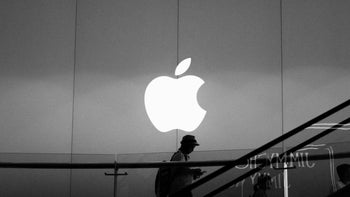
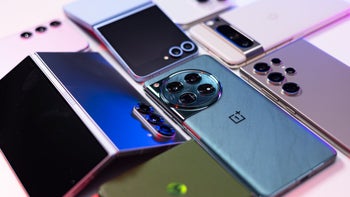
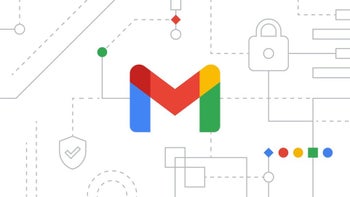
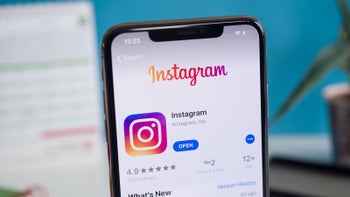
Things that are NOT allowed: